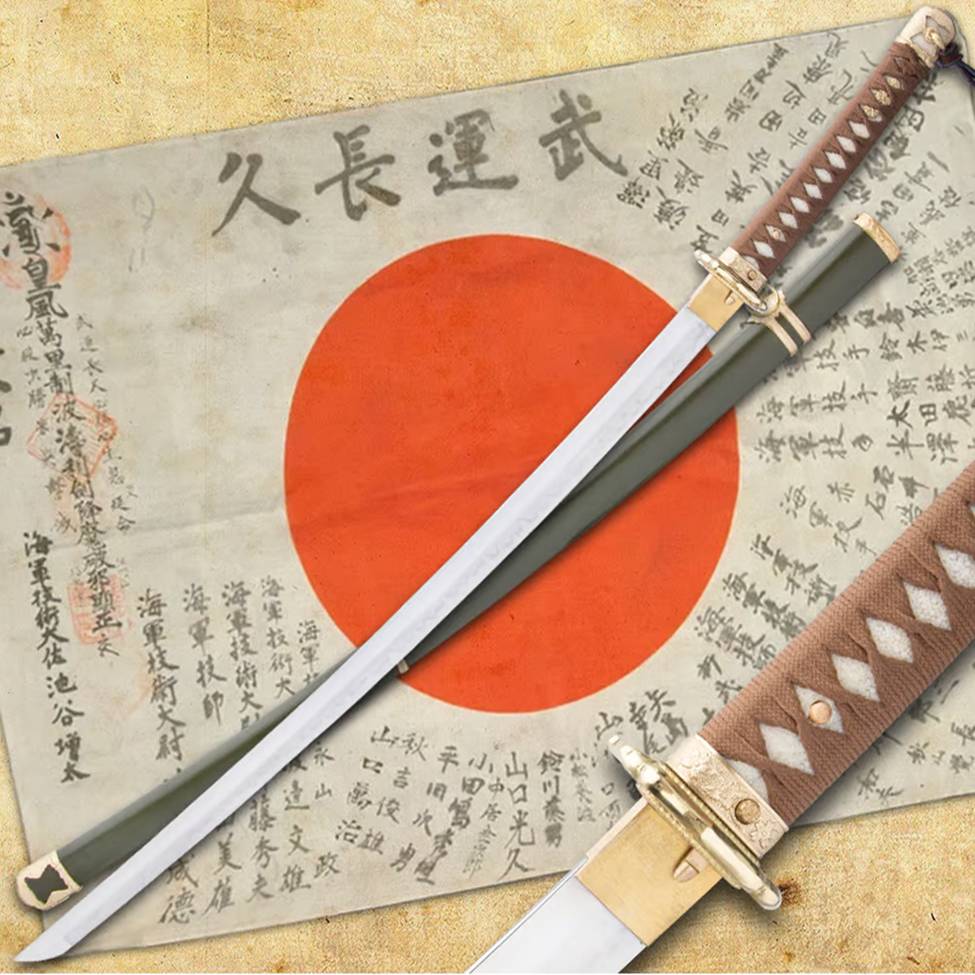The Proper Way to Swing a Katana: A Technical Guide


The katana, in Japanese culture, is thought to be an extension of the soul, a tool of discipline, and a symbol of honor. Mastering how to swing a katana properly takes more than raw strength; it requires proper form, breath control, mental clarity, and deep respect for the blade and its traditions. Whether you are a martial arts student, a historical reenactor interested in real samurai swords, or simply an enthusiast of Japanese swordsmanship, learning the correct way to swing a katana is the foundation of your journey. This guide outlines the essential techniques, philosophies, and physical mechanics behind the katana swing, often referred to in traditional schools as kiri (cutting).
Understanding the Katana: Design and Purpose
Before learning to swing, it’s important to understand what makes the katana unique:
- Single-edged, curved blade: Optimized for cutting with a drawing motion, not hacking or chopping.
- Two-handed grip: Allows precision and power in equal measure.
- Lightweight yet lethal: Designed for speed and control, not brute force.
Foundational Stances: Preparing the Body
Proper stance (or kamae) is critical. These positions align your spine, center your energy, and prepare your body for movement.
Basic Stance: Chūdan-no-kamae
- Feet shoulder-width apart, left foot slightly behind the right (for right-handed practitioners).
- Knees slightly bent, weight balanced 50/50.
- The katana is held in front of you at belly-button height, tip angled toward the opponent’s throat.
- Hands grip the tsuka (handle) firmly but not tensely: right hand near the guard (tsuba), left at the end of the hilt.
The Grip: How to Hold a Katana
Incorrect grip is one of the most common mistakes among new practitioners.
- Right hand: Near the tsuba, guides the blade.
- Left hand: Near the butt of the tsuka, generates power.
- Thumbs: Shouldn’t wrap around the handle completely.
- Space: A small gap should be maintained between the hands.
- Relaxation: The grip should be secure but never tight—white knuckles kill fluidity.
The Proper Swing: The Kiri (Cut)
The most basic and essential cut is the shōmen-uchi, or vertical downward cut. Here's how to execute it:
Step 1: Raise (Kamae to Furikaburi)
- From your stance, lift the katana overhead in a straight line.
- The blade should point up and slightly back.
- Your elbows should bend naturally—don’t flare them out wide.
- Keep your posture upright and shoulders relaxed.
- Drop the sword in a controlled arc using the power from your hips, not just your arms.
- Engage your core and hara (center of gravity).
- The cut should follow a diagonal path (from shoulder to opposite hip) or a straight downward vertical depending on the kata.
- Let the cut complete its arc smoothly, stopping naturally at hip level.
- The edge should face the same direction as your target throughout.
- Recoil is minimal; a perfect cut feels effortless.
Body Mechanics: Moving With the Blade
Your whole body should move as one coordinated unit. Good cutting depends on:
- Hip Rotation: The power of a cut often comes from the twist of the hips, not arm strength.
- Footwork: Use okuri-ashi (sliding step) or tsugi-ashi (advancing step) to stay rooted and mobile.
- Core Engagement: This stabilizes your posture and directs power efficiently.
- Posture: Keep your spine straight and shoulders down.
Breathing: The Invisible Rhythm
Breath control (kokyū) aligns your body and mind.
- Inhale as you raise the blade.
- Exhale sharply (often with a kiai, or shout) at the moment of the cut.
- Maintain calm, rhythmic breathing to reduce tension and increase endurance.
Drills and Practice Methods
Solo Practice:
- Suburi: Repetitive swings to build form and muscle memory.
- Kata: Prearranged forms that simulate combat scenarios.
- Kumitachi: Paired drills to refine timing and distance.
- Tameshigiri: Test cutting on tatami mats (only after mastering technique).
Common Mistakes to Avoid
- Overusing arm strength: Makes swings clumsy and ineffective.
- Chopping instead of slicing: The katana is not an axe.
- Losing balance or posture: Undermines your entire swing.
- Gripping too tightly: Restricts motion and tires you quickly.
- Looking at the blade, not the target: Your eyes should always be on your opponent.
The Philosophy Behind the Swing
In traditional kenjutsu and iaido, swordsmanship is about the unity of body, mind, and spirit. Every swing is a meditation. Each movement is done with intention, presence, and respect.
The Journey to Mastery
Learning to swing a katana properly isn’t something you perfect in a week. It is a lifelong practice. Even seasoned swordsmen return to the fundamentals of the swing, refining subtleties, seeking stillness in motion.
When performed correctly, a katana swing is poetry in motion—a perfect arc, a whisper of steel through the air, and a moment of stillness before the next breath.
To truly wield a katana is to learn restraint, precision, and power in harmony.
When performed correctly, a katana swing is poetry in motion—a perfect arc, a whisper of steel through the air, and a moment of stillness before the next breath.
To truly wield a katana is to learn restraint, precision, and power in harmony.
Of course, to practice with a katana, first you must own one! If you are looking for real samurai swords like the katana, wakizashi, or other realistic replica Japanese swords, you’re in the right place! Here at True Swords, we specialize in replica blades of all kinds, built with high-quality materials that honor the original historical designs of these blades.